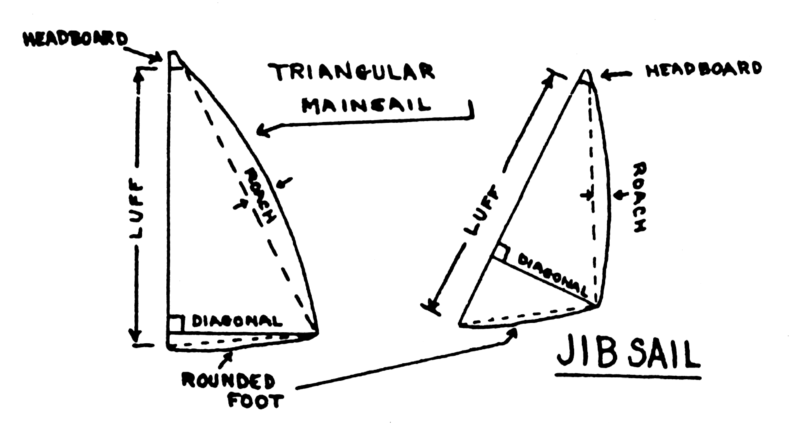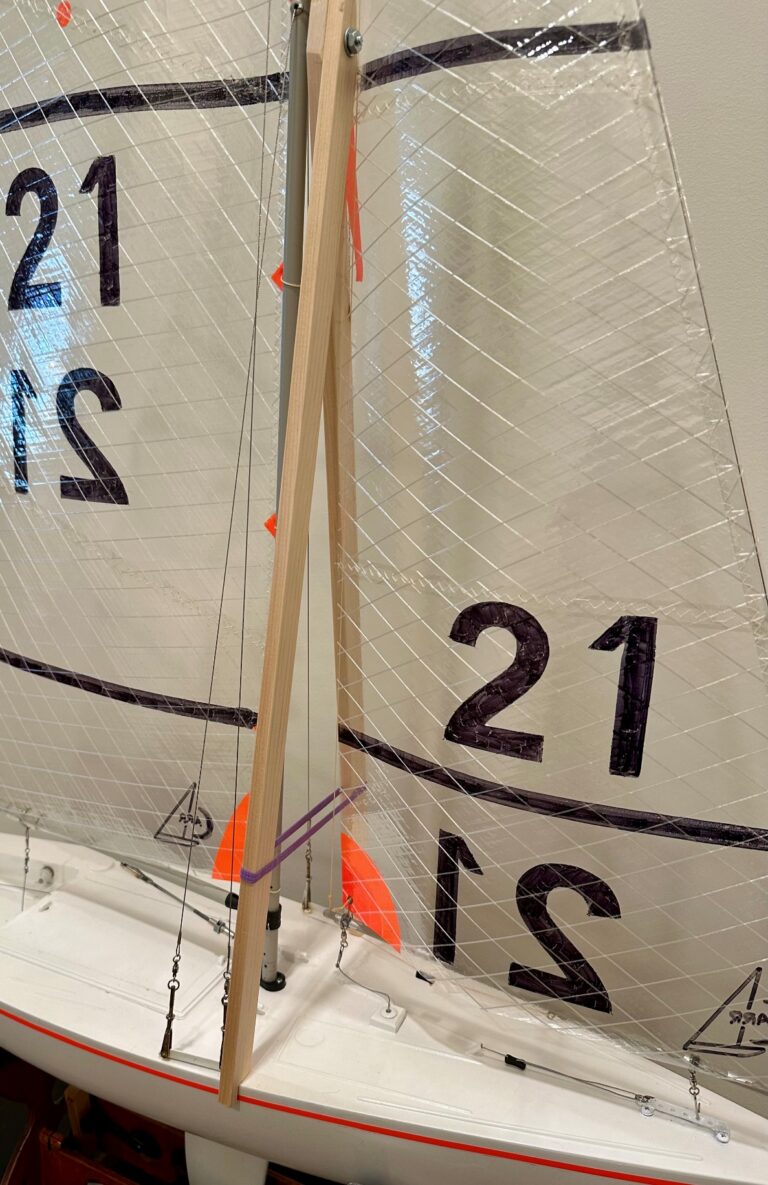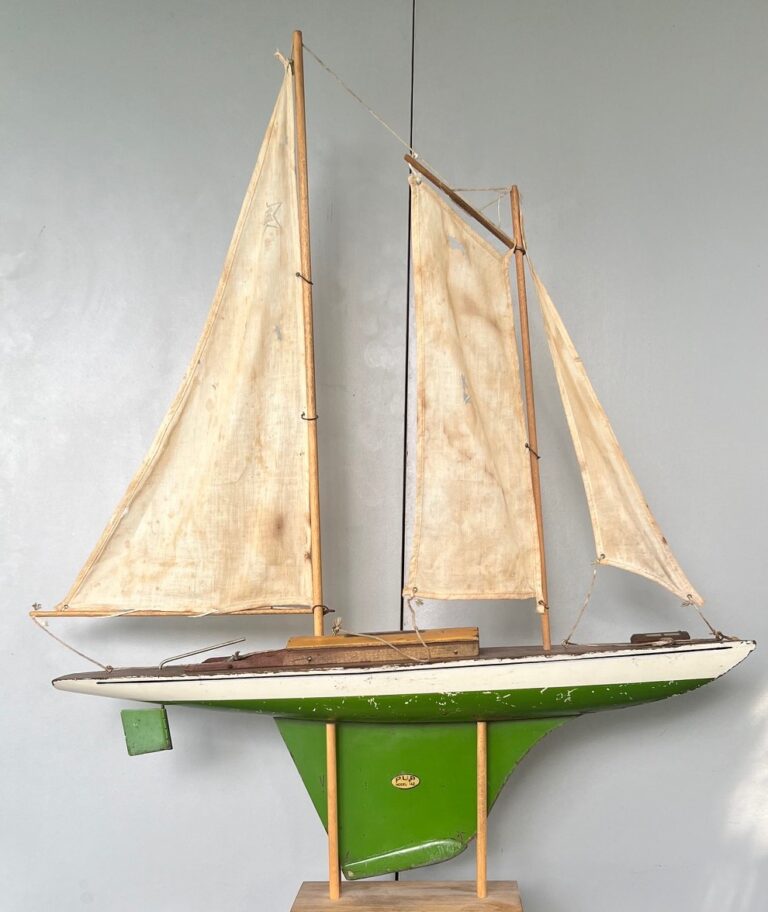by Charlie Roden
Vintage Marblehead registrations continue to be received. We now have a total of 29 registrations, seventeen in the Traditional Division (1945 and before) and twelve in the High Flyer Division (after 1945 and before1970). We also have good national representation including both coasts and a pocket of sailors in Albuquerque, New Mexico of all places (oops, sorry Earl). I would like to urge all VM sailors who have not registered to do so at this time, particularly those planning to race at the National VM Regatta in Detroit in September. Consistency in sail numbers is important to running a good regatta. Please write or call for an application. [Vintage Marblehead registrations are now handled online: Marblehead Registration Form―Ed.]
We are looking forward to the 1999 Regatta in the Detroit area on September25-26. In addition to VM racing there will be a VM static judging competition with separate trophies being awarded. It is not necessary to race to participate in the static judging contest and we hope that this will attract additional boats.
In the last issue of The Model Yacht, I initiated a discussion on possible changes to the VM Rating Rules. Three changes were subsequently suggested:
- Acceptance of the JR LeBlanc type balanced rudder in the Traditional Division.
- Allowance of only wooden spars in the Traditional Division.
- Acceptance of paneled sails in both divisions.
There was strong opposition to all three proposed changes and therefore there will be no changes to the rules this year. It was felt that the balanced rudder was more than a question of aesthetics and gave a performance advantage over the skeg rudder. Masts constructed of materials other than wood were thought to be in common use prior to 1945 and paneled sails were not in general use in the vintage era. We will accept proposals for changes again after the 1999 racing season. The description and rationale for future changes will be published in the newsletter and all registered VM sailors will be given an opportunity to vote on the proposals before acceptance (another good reason to register your boat).

Since the last newsletter a question has come up as to the design and measurement of vintage sails. The VM rules are based on the 1954 M Rules and sail measurement in 1954 for all classes was as described in the MYRAA Handbook. Only triangular area was counted in the 800 square inch total sail area (jib and main) limit. A two inch roach and a one inch foot round were allowed in mainsail and jib but were not included in the sail area calculation. The specifics of the measurement are as follows and as illustrated in Fig. 1. The luff is measured at the lowest point of the sail at the forward (tack) to the bottom edge of the headboard, headstick, or eye (where no headboard or headstick is used) at the head of the sail. The headboard shall not exceed 3/4 inch width across the base The diagonal is measured from the after edge of the sail to nearest point on the luff. The area of the main is equal to the product of the luff measurement and diagonal measurement divided by two. The jib is measured and area calculated in identical fashion.
The rules unfortunately are unclear on a number of points. In the first place the construction of the headboard is not defined. In practice some sailors have used headboards constructed of relatively thick hard materials such as wood, metal, or plastic. Others have made headboards from very thin flexible plastic sheet material or from additional layers of sail cloth. Many sailors have added sail patches or layers of additional sail cloth at the head assuming that they were not to be considered headboards and extended them well below the 3/4 inch width point The location of the eye to be used for the measurement in the absence of a headboard is not specified. Some feel that this is not important as the portion of the sail above the eye is not effective as a air foil. Others feel the inherent stiffness of the head of the sail provides useful sail area above the eye which could be used to unfair advantage if it were to be used in the measurement of the luff. It appears that vintage sailors must have had in mind specific construction concepts that were never documented. This, in combination with the improved materials and techniques available today, has created some confusion. My recommendation to resolve this dilemma is to allow headboards and patches as variously constructed, but in all cases to measure the luff from the tack to a point at the head of the sail where its width perpendicular to the luff is 3/4 inch. This I believe would come closest to providing consistency in sail measurement.



